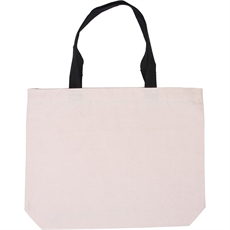Plastic bags are typically made from various types of plastic materials, the most common of which are:
- Polyethylene (PE): This is the most common material used for making plastic bags. There are two main types of polyethylene used in bags:
- Low-Density Polyethylene (LDPE): LDPE bags are flexible, tough, and commonly used for making plastic grocery bags, trash bags, and food storage bags. They are relatively resistant to tearing and puncturing.
- High-Density Polyethylene (HDPE): HDPE bags are thinner and more rigid compared to LDPE bags. They are often used for packaging items like clothing, dry goods, and carryout bags. HDPE bags are also commonly used for producing thicker, reusable bags.
- Polypropylene (PP): Polypropylene bags are known for their strength and durability. They are commonly used for reusable shopping bags, tote bags, and woven bags. PP bags are often favored for their ability to carry heavy loads.
- Polyvinyl Chloride (PVC): PVC bags are less common but are used for specific applications where transparency and resistance to chemicals are required. They are sometimes used for cosmetic or toiletry bags.
- Biodegradable and Compostable Plastics: Some plastic bags are made from biodegradable or compostable materials. These bags are designed to break down more quickly in the environment compared to traditional plastics. They are often used as an environmentally-friendly alternative to conventional plastic bags.
- Recycled Plastics: Some plastic bags are made from recycled plastics, which helps reduce the demand for virgin plastic materials and promotes recycling efforts.
It’s important to note that the type of plastic used in a bag can affect its properties, such as flexibility, strength, and environmental impact. Additionally, the environmental impact of plastic bags, particularly single-use bags, has led to increased interest in biodegradable and reusable alternatives to mitigate the environmental harm caused by traditional plastic bags.














